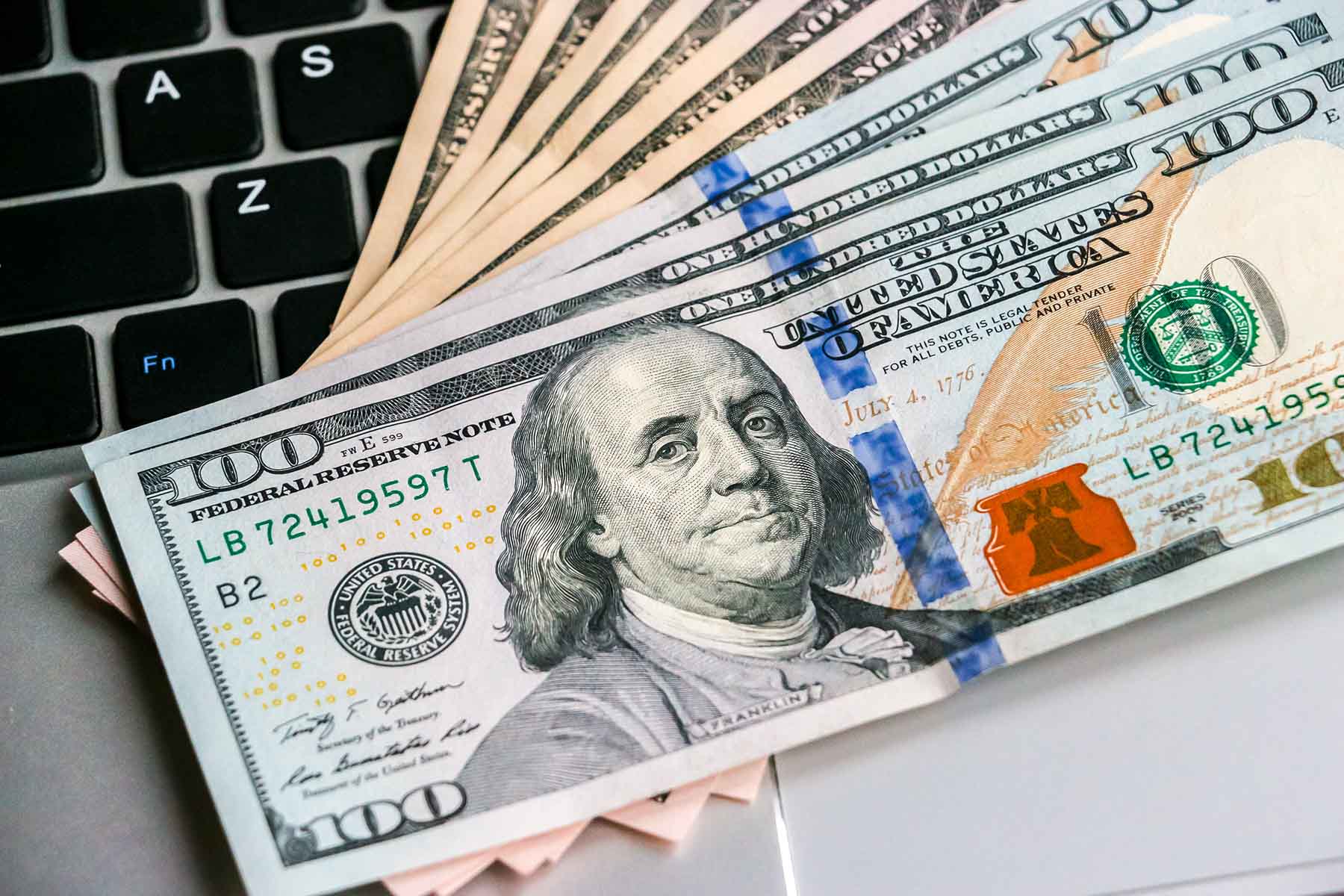How to Save Your First $1,000

There are many reasons why it feels difficult to save money. Economic circumstances, debts, emergencies, or impulse purchases can all wreak havoc on our savings accounts—or prevent us from building our savings in the first place.
Tracking where your money is going is the first step to saving more of it. Continue reading to learn strategies for saving based on your individual challenges.
Where does the money go?
If your checking or credit accounts are constantly fluctuating, but your savings account balance always stays the same, the first step is to track your money. Using a spreadsheet, app, or even a piece of scrap paper, write down your guaranteed monthly expenses. These recurring expenses include bills like:
- Rent or mortgage, and homeowners’ association dues
- Auto loan payments and insurance, public transportation
- Gas, electric, water, and waste removal bills
- Internet, phone, television, and subscription entertainment bills
- Gym or activity club membership
- Childcare or tuition
- Pet food and supplies
- Prescription medication and healthcare supplies
- Credit card and loan payments
Once you have identified your fixed monthly expenses, look through your recent transactions, statements, and receipts to estimate the cost of other routine, but less-fixed expenses, such as:
- Groceries
- Dining out, to-go coffee
- Auto fuel
- Hobbies and entertainment
Finally, search for less common or one-off charges. If these charges are happening more frequently than you originally thought, consider making a line in your budget for them:
- Holiday, birthday, or wedding gifts
- Charitable donations
- Unexpected emergencies
Now that you see where your money is going, evaluate which expenses, if any, can be scaled back or eliminated entirely. Unused subscriptions and unregulated spending on restaurants and hobbies can eat up cash before it has the chance to reach your savings account.
How does paying down debt help me save?
The surplus money per paycheck that you’re currently spending on non-necessities or contributing to a savings account may actually be better used towards debts. If you are only making the minimum payment on a loan or credit card, you will end up paying much more in interest than the cost of the original charge. If you have the means, one of the best savings strategies you can implement is to aggressively pay down debt. This will free up part of your cash flow towards savings and cost you less in interest over time.
You don’t have to choose between paying down debt or saving – you can do both. If you have a surplus of $100 per month, you can choose to split that money 50/50 or 75/25, creating a cushion for an emergency fund while paying more than your monthly minimum payment.
Keep in mind that money sitting in a savings account when you have high-interest debt can technically cost you. If the percentage you’re paying in interest is higher than the percentage yield of your savings account, you’re costing yourself by only paying the minimum.
How can I motivate myself?
Sometimes saving is difficult because it is simply more fun to spend. If the desire for something new and a dopamine spike is what drives your spending, gamifying your saving could be the answer.
Strategies to make saving fun include:
- 52 Week Challenge: For one year, save the dollar amount of the current week in the challenge. $1 for the first week, $2 the second, up to $52 the last. In one year, you’ll save $1,378!
- 50/30/20 Rule: Make it your goal to reserve 50% of your income for bills and expenses, 30% on mindful spending, and 20% for savings.
- One Month’s Salary: Set aside 10% of your monthly income to have one month’s salary in your savings by the end of the year.
- Round Up: Round up your purchases and save your change for savings that grow with every purchase you make.
If you’re tempted to spend by seeing extra funds in your account once the expenses are paid, set up automatic transfers each paycheck to put some funds in your savings account. This way, the saving is done for you, and you never had to see the money that you “could have spent on something else.”
Make the Most of Your Savings with American Heritage
As you explore your options for maximizing your savings, it's important to consider credit unions with high interest rates on savings. While the average savings account provides security, there are other avenues worth exploring, such as our high-yield savings accounts. At American Heritage, we understand that different members have diverse savings goals. That's why we offer a wide selection of high interest saving accounts tailored to meet your specific needs. Take a moment to view our range of options and get in touch with a knowledgeable Member Representative today. They can guide you towards the perfect high-yield savings product that will help you make the most of your savings and achieve your financial goals. Start growing your wealth with us today!

